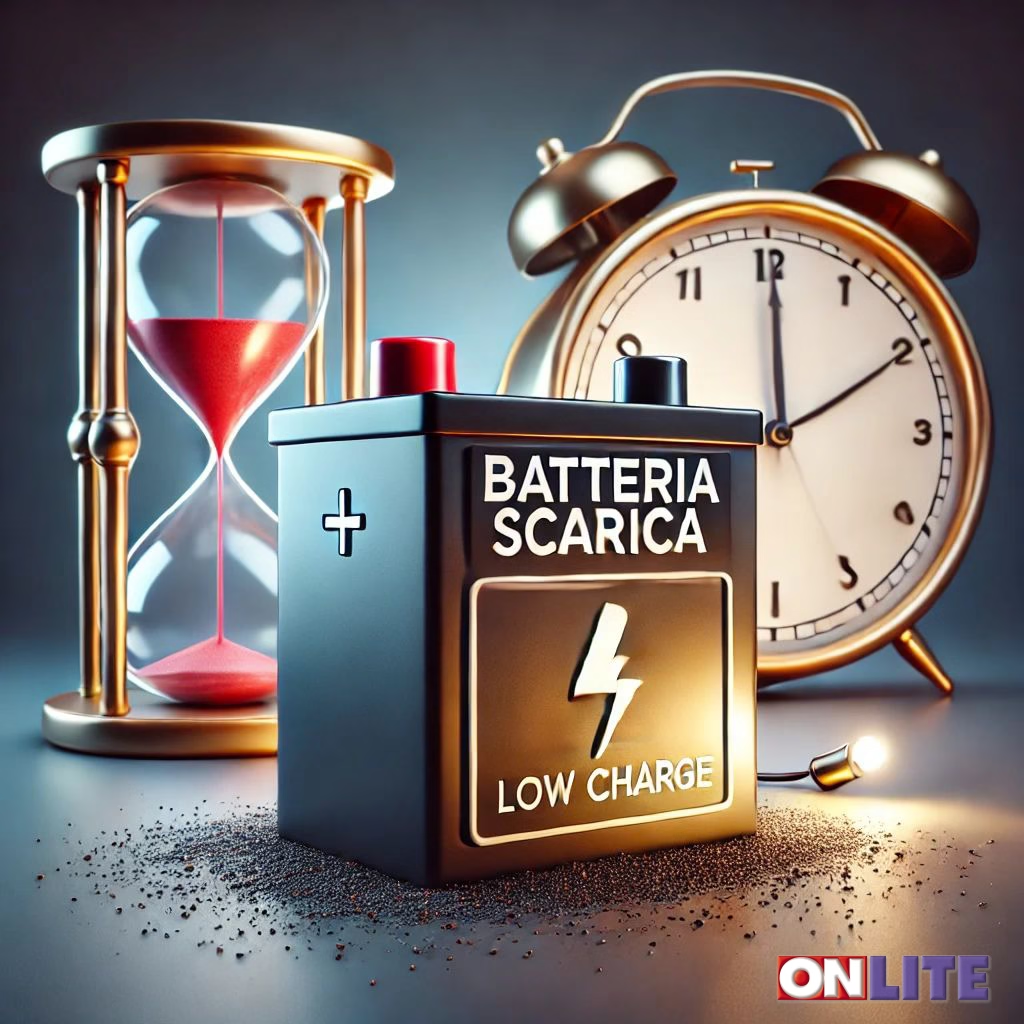Sealed Lead Acid (SLA) batteries are a key component in a wide range of applications, including emergency systems, energy storage, UPS devices, security systems, and electric vehicles. Known for their reliability and maintenance-free design, they are commonly used in both industrial and domestic settings.
However, a frequently asked question among users is:
“How long can an SLA battery remain discharged without suffering permanent damage?”
In this article, we’ll explore the main factors that affect the storage life of SLA batteries and share practical tips to maintain performance and extend their lifespan.
What Are SLA Batteries?
SLA batteries are sealed lead-acid batteries designed to operate without the need for maintenance, such as electrolyte top-ups. These batteries are leak-proof and safe, thanks to Valve-Regulated Lead-Acid (VRLA) technology.
There are two main types of SLA batteries:
- AGM (Absorbent Glass Mat) batteries
- Gel batteries
Both types are designed for secure operation, but they differ in terms of self-discharge rate, cycle durability, and storage behavior.
Key Factors That Affect SLA Battery Storage Life
1. Battery Type
Not all SLA batteries are the same. AGM batteries generally have a lower self-discharge rate and higher resistance to deep discharge cycles, making them better suited for long periods of inactivity. Gel batteries are also reliable but may lose charge more quickly over time.
2. Storage Temperature
Temperature plays a crucial role in battery longevity.
- The ideal storage temperature is between 20°C and 25°C (68°F to 77°F).
- High temperatures (above 30°C / 86°F) speed up internal chemical reactions, increasing the self-discharge rate and leading to premature degradation.
- Low temperatures increase internal resistance and reduce temporary capacity.
3. State of Charge Before Storage
Storing a battery that is fully discharged can lead to sulfation, a condition that permanently reduces its capacity.
It is recommended to store the battery at 50% to 75% charge, and to periodically monitor the voltage to ensure it does not drop below critical levels (usually below 12V for a 12V battery).
4. Self-Discharge Rate
Even when not in use, SLA batteries slowly discharge.
- AGM batteries typically self-discharge at a rate of 3–5% per month.
- Gel batteries may discharge at a faster rate of 6–8% per month, making them less suitable for long idle periods without maintenance charging.
How to Store and Maintain SLA Batteries Correctly
To ensure a long lifespan and optimal performance, follow these storage and maintenance tips:
✅ Store in a clean, dry environment
Keep the battery away from moisture, dust, and temperature fluctuations to avoid corrosion and oxidation.
🔋 Charge periodically
If the battery is not used for several months, it’s essential to recharge it every 3–6 months to prevent sulfation and capacity loss.
⚠️ Avoid overcharging
Use only compatible smart chargers with automatic voltage regulation. Overcharging may cause heat build-up and electrolyte loss, significantly reducing battery life.
🔍 Regular inspection
Check for leaks, swelling, or cracks, which can indicate internal damage or degradation.
How Long Can an SLA Battery Stay Discharged?
In optimal conditions, an AGM battery can remain unused for up to 6 months without major issues, provided it’s stored properly and with a partial charge.
Gel batteries, due to higher self-discharge, are better recharged every 3 to 4 months.
As a rule of thumb, leaving any SLA battery fully discharged for more than 30 days can lead to irreversible damage.
Conclusion
The storage life of a sealed lead acid battery depends on several factors, including:
✔️ Battery type (AGM or Gel)
✔️ Storage temperature
✔️ Charge level during storage
✔️ Self-discharge rate
By following the correct storage and maintenance practices, you can extend the life of your battery and ensure reliable performance over time.
Explore ON LITE’s Professional AGM Battery Solutions
At ON LITE, we provide high-quality AGM batteries designed for superior performance and durability in industrial, emergency, and renewable energy applications.
With low self-discharge and excellent cycle life, our batteries are the perfect choice for professionals who need reliable, long-lasting power.
📞 Get in touch with us today to learn more about our energy storage solutions or request a custom quote!



Leave a Reply